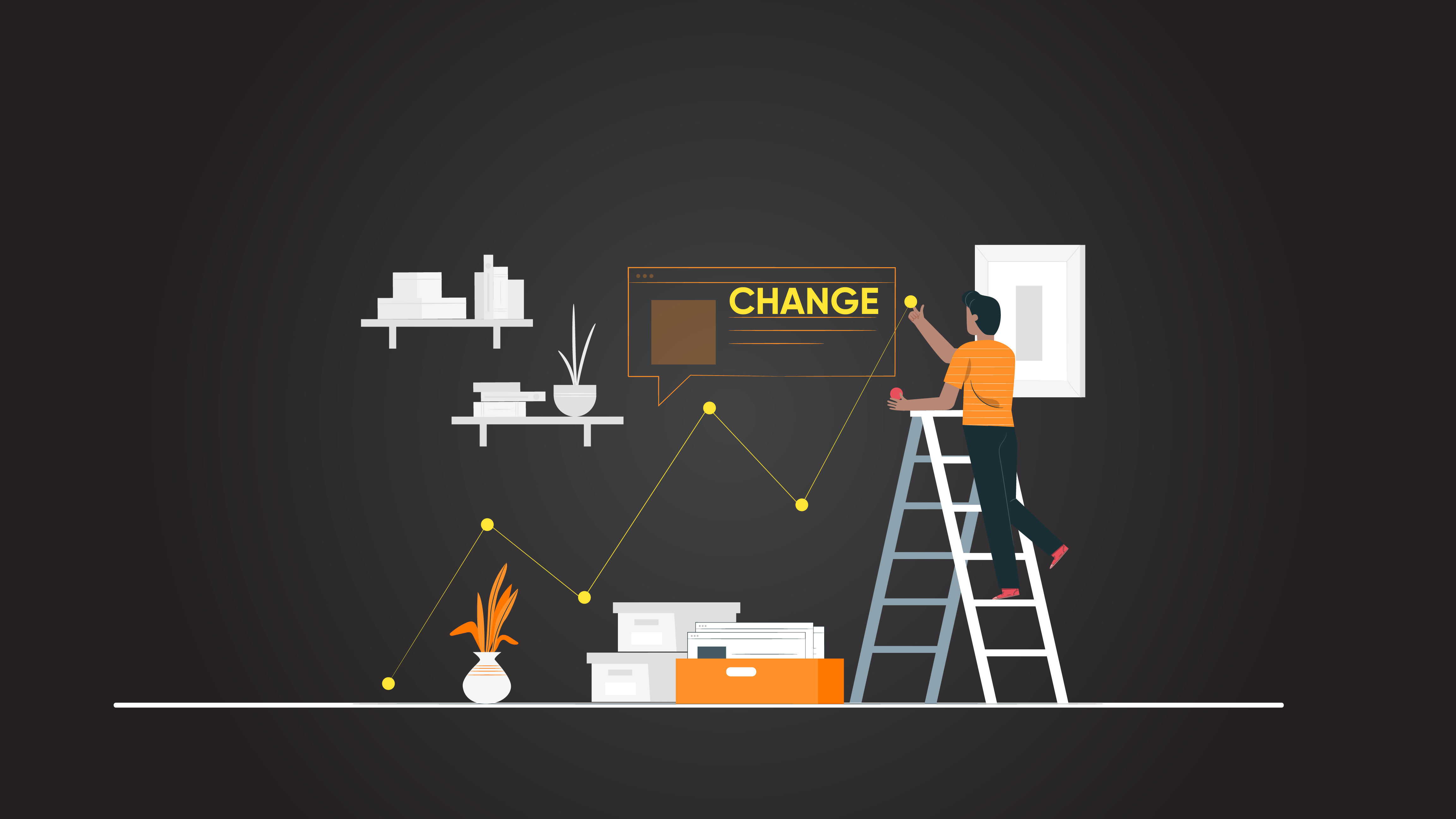“You do not rise to the level of your goals. You fall to the level of your systems.”
70% of complex, large-scale process improvement programs fail more often than people would like to admit. The most difficult part of work process improvement isn’t figuring out what to do – It’s figuring out how to do it.
The most successful organizations are those that are never pleased with the status quo. Instead, they’re always looking for different paths to make their processes more efficient.
However, not every ambitious action delivers measurable results. Some fizzle before they even gain steam, costing organizations time, money, and brand reputation.
“Without change, there is no innovation, creativity, or incentive for improvement. Those who initiate change will have a better opportunity to manage the change that is inevitable.” – William Pollard, Physicist
Why do process improvement projects fail?

1. “Problem Statement” can be one of the Biggest Problems
Many organizations are so keen to improve the processes that they jump right into recognizing pain points and diagnosing root causes.
However, it’s important to truly understand where the misalignment is transpiring, rather than jump to conclusions. In your hustle, you might alter the wrong processes.
We advise taking the time to build the right team and analyze the right data to truly identify the root cause of a situation. This way, you can make sure you’re correcting it at the source, rather than simply concealing the symptoms.
“If you are unable to understand the root cause of the problem, it is impossible to solve it.” – Naoto Kan
The first step is mapping your existing processes at a high level. During this time, you might also want to concentrate on value stream mapping. Regardless of your strategy, an understanding of your current circumstances will help you identify the true root causes of your pain points.
Key Insight – Finding the root cause of a problem is necessary. You can do it by involving the right people, studying the process, and collecting the right data.

2. Lack of stakeholder involvement and absence of a problem-solving culture
A Process without People is just a Process on Paper.
Not involving the right or senior stakeholders is likely to be the biggest stumbling block for the majority of companies looking to implement constant improvement.
Without stakeholder support, it is very unlikely that your project will even get off the ground. But, for continuous improvement to really be thriving, it is necessary that all of your key stakeholders are included and engaged from the very beginning
Do your employees feel comfortable sharing ideas? If not, you can’t change the way you drive your business.
For the improvement process to succeed, there must be more than just a few people involved. All departments and seniority levels should work together to identify processes that should be optimized.
For example, your employees might notice inefficiencies in your legacy systems and propose that cloud ERP software could help you centralize and consolidate your data.
In other cases, your frontline workers might notice that your customers are routinely running into the same roadblocks, so they share ideas for ways you can improve the customer experience.
Key Insight – Acquiring insight from people in the process helps everyone understand the problem and the process accurately. Also, the root cause becomes easily identifiable and ensures the right solutions are executed.

3. Lock your process improvement
When taking steps for improving the processes, the old way of doing things simply won’t cut it. You’ll need to figure out how to make your processes and systems more efficient. No matter what industry you’re in.
Adapting modern IT tools and software can enable organizations to unlock insights and business value while lowering costs, future-proofing infrastructure, and improving agility. Luckily, there are several process improvement tools out there that can help you drastically improve your business.
To Unlock the sustainability of Processes, You need to Lock it with IT based solutions.

Document management systems, time-tracking, and migrating on-premises applications to the cloud and modern cloud-native platforms can be a savior on your journey of process improvement. Figuring out such helpful IT tools, approaches and knowledge will prevent you from being a part of the vicious circle of process failures.
Key Insight – Leveraging modern technology and tools to manage things won’t allow the repetition of past mistakes in the process of improvement.
If North Star is defined, Process Improvement is not more difficult than you think
When you have a north star guiding every project decision, you can ensure you’re improving the suitable processes, executing the right technology, and selecting the right path for your company’s future.
Stratefix Consulting can be your North Star too.



